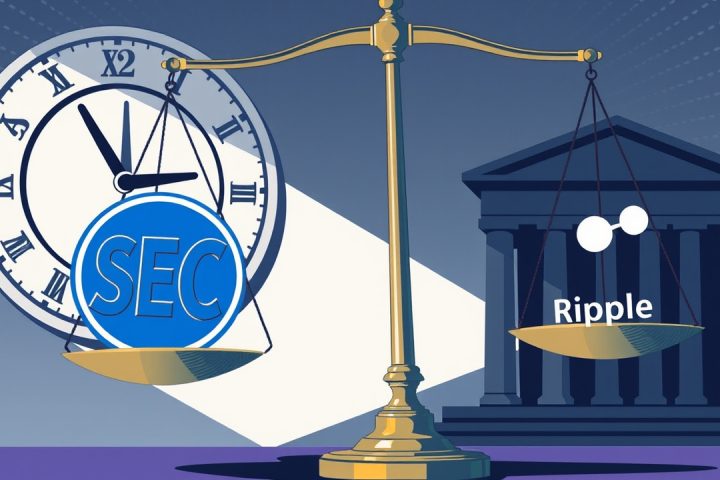Insights on Cryptocurrency Regulation
Hester Peirce, a Commissioner with the Securities and Exchange Commission (SEC), recently shared her insights on the regulatory landscape for cryptocurrencies during an appearance on The Gwart Show. She emphasized her belief that true decentralized blockchain protocols should be protected from being classified as exchanges or broker-dealers, while also highlighting the potential regulatory challenges that layer-2 blockchain solutions might face due to their centralized transaction processing systems.
Decentralized Protocols vs. Centralized Entities
Peirce’s perspective is rooted in her view that decentralized protocols—understood as unowned sets of rules accessible for anyone—should not be subject to the same regulatory scrutiny as centralized entities that leverage blockchain technology for trading. She remarked,
“Nobody owns” a genuinely decentralized protocol,
which underlines her stance that such systems operate independently of any single controlling entity.
Challenges of Layer-2 Solutions
Layer-2 blockchain solutions, aimed at enhancing transaction speeds and scalability, often implement centralized matching engines to manage transaction ordering, a departure from the decentralized approach that characterizes traditional blockchains. This functionality introduces complexities in regulation as it can invoke scrutiny under existing securities laws specifically when these systems handle tokenized securities. Peirce noted,
“If you have a matching engine that’s controlled by one entity, that looks a lot more like an exchange.”
Immutable Smart Contracts and Regulatory Goals
Despite the regulatory challenges, Peirce affirmed the SEC’s goal to avoid conflating decentralized protocols with entities that could lead to required registration as trading venues. Highlighting the value of immutable smart contracts—
“code just doing its thing”
—she argued that these cannot be registered with the SEC due to their inherently decentralized nature.
Centralization and Maximum Extractable Value (MEV)
Centralized transaction sequencers create a significant point of tension regarding Maximum Extractable Value (MEV) and front-running mitigations, as they might enhance execution for retail users but also concentrate control in ways that could trigger registration obligations.
Regulatory Philosophy and Future Considerations
Peirce has acknowledged the importance of watching developments around MEV while advocating for industry-driven solutions rather than immediate regulatory intervention. She believes that distinguishing between immutable code and regulated entities is crucial, especially as traditional securities increasingly begin to adopt blockchain frameworks.
Her regulatory philosophy favors a principle-based approach, which encourages innovation while simultaneously ensuring that investor protections remain intact. Peirce’s framework suggests a safe harbor for decentralized systems while indicating that those with centralized controls, particularly in layer-2 solutions, should be prepared to meet regulatory requirements akin to traditional financial intermediaries.
As tokenization of traditional assets continues to grow, operators of layer-2 blockchain networks need to carefully analyze their systems to determine if their onset of centralization necessitates compliance with exchange registration mandates when handling securities transactions.




